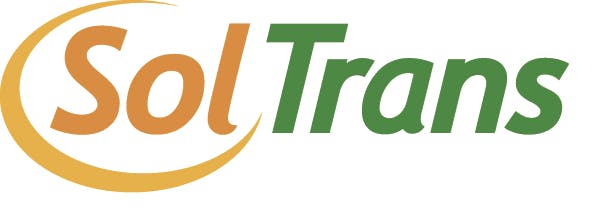Rerouting for Resilience: How SolTrans is Redesigning Transit for Tomorrow

SolTrans’ Comprehensive Operational Analysis (COA) is a full system redesign effort aimed at aligning transit services with post-pandemic travel trends, regional priorities, and available resources—all while maintaining an operationally neutral budget. Using a data-driven and community-informed approach, SolTrans analyzed travel patterns, gathered public and operator feedback, and identified ways to simplify routes, increase frequency, and improve regional connections. The result is a plan designed not just for efficiency, but for long-term sustainability and reliability.
The COA was developed in response to shifting ridership habits and growing fiscal pressures facing transit agencies across California. Like many public entities, SolTrans needed to adapt to new travel behaviors while managing limited resources responsibly. Continuing to operate under outdated assumptions posed real financial and operational risks. Through careful analysis and engagement, SolTrans created a roadmap that maximizes every service hour, ensuring the system reflects current demand and future growth.
Crucial to the COA’s success was early collaboration with staff, community members, and regional partners. More than 1,000 people participated in workshops and surveys, ensuring the redesign reflected local priorities and practical needs. Special recognition goes to Executive Director Beth Kranda for her leadership and trust in staff and consultants throughout the COA process, ensuring the effort remained focused on community needs and long-term sustainability. They would also like to thank the SolTrans Board of Directors for their ongoing support and direction, and operations contractor, Transdev, for their partnership in providing critical on-the-ground insight. Finally, appreciation goes to the planning and operations staff, and to their consultants at Jarrett Walker & Associates, whose technical expertise and commitment to engagement helped translate data into actionable improvements for Solano County riders.
Beyond better service delivery, the COA strengthens SolTrans’ ability to manage fiscal and operational risk. By matching service levels to realistic funding and ridership goals, the agency is positioned to offer reliable, equitable transportation while safeguarding long-term stability. Supported by a strong partnership with GSRMA, which provides valuable risk management training and collaboration, SolTrans’ COA exemplifies how data, engagement, and proactive planning can drive safer, smarter, and more sustainable outcomes for public agencies.
Please contact GSRMA Member Services at memberservices@gsrma.org for more information if you have any questions about the above spotlight.
